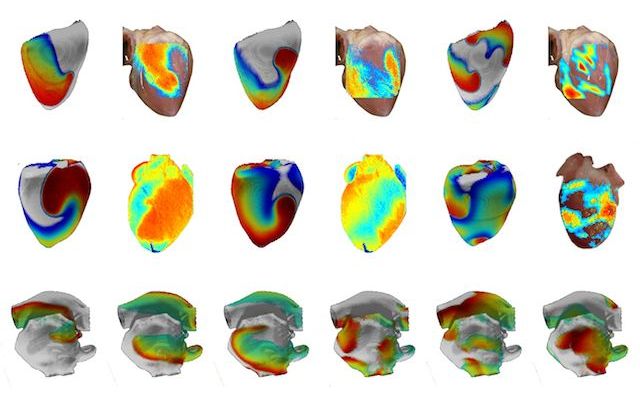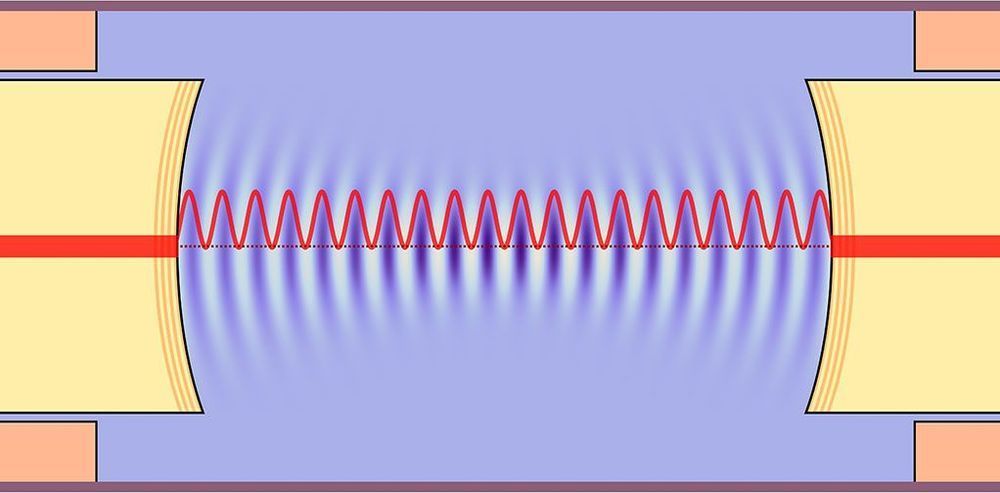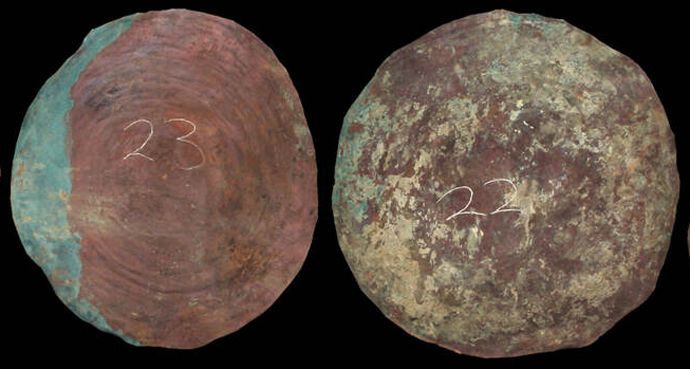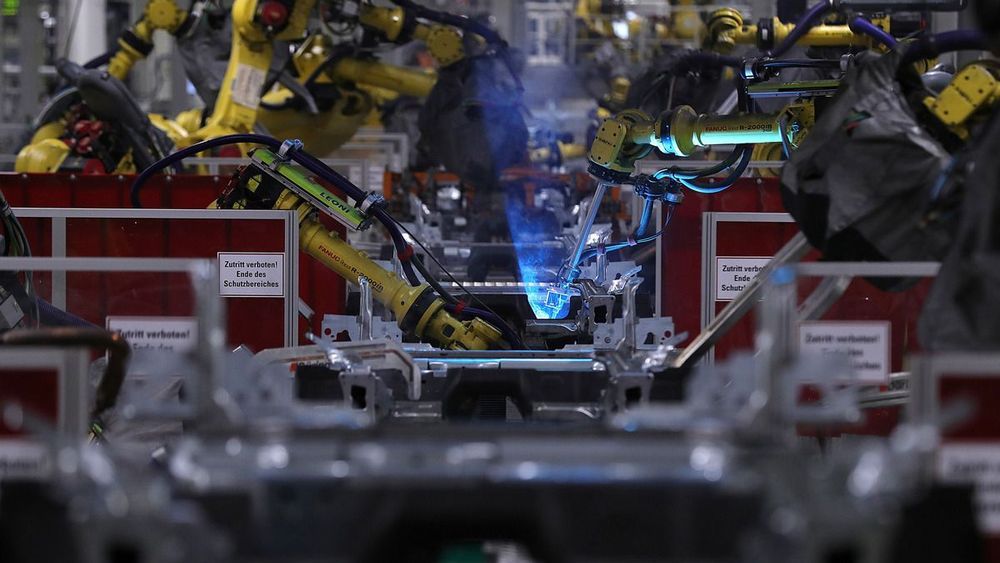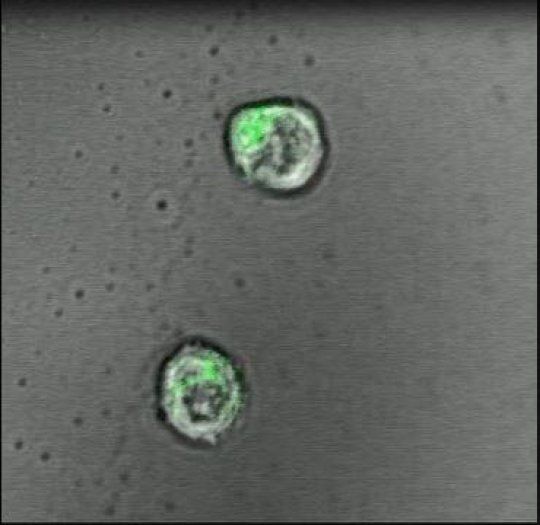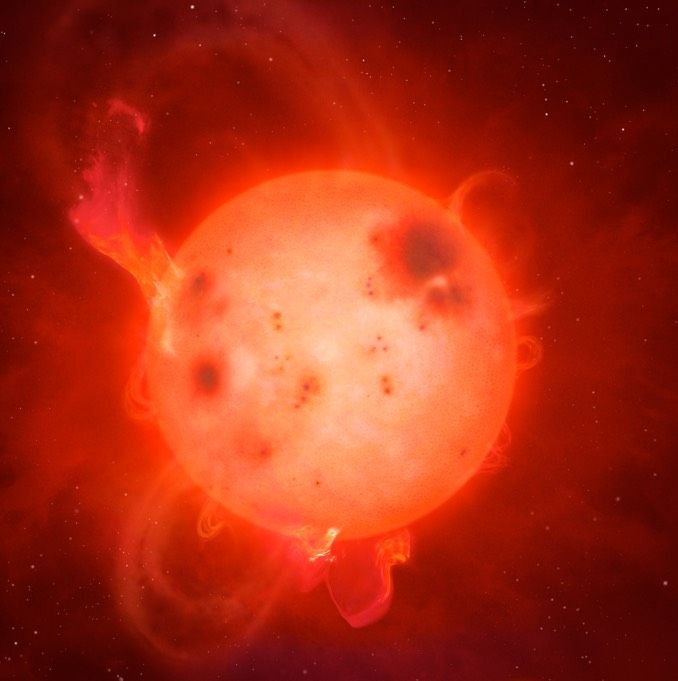Page 9232
Apr 21, 2019
Small ‘half-watch’ worn on leg could transform recovery from stroke
Posted by Genevieve Klien in category: biotech/medical
Patients recovering from a stroke can slash their risk of blood clots by wearing a small “half wrist-watch” around their leg, a trial has shown.
A study at Royal Stoke University Hospital found the geko device could reduces the risk of clots compared to standard treatment, is comfortable to wear and could save the NHS cash.
Approved for use on the NHS for other conditions, the geko is a battery-powered, disposable, device designed to increase blood flow in the deep veins of the legs.
Continue reading “Small ‘half-watch’ worn on leg could transform recovery from stroke” »
Apr 21, 2019
Physicists Observe Quantum Behavior in Liquid Vibrations
Posted by Genevieve Klien in category: quantum physics
For the first time, Yale physicists have directly observed quantum behavior in the vibrations of a liquid body.
A great deal of ongoing research is currently devoted to discovering and exploiting quantum effects in the motion of macroscopic objects made of solids and gases. This new experiment opens a potentially rich area of further study into the way quantum principles work on liquid bodies.
The findings come from the Yale lab of physics and applied physics professor Jack Harris, along with colleagues at the Kastler Brossel Laboratory in France. A study about the research appears in the journal Physical Review Letters.
Continue reading “Physicists Observe Quantum Behavior in Liquid Vibrations” »
Apr 21, 2019
What If We Built A Ring World In Space?
Posted by Shailesh Prasad in categories: habitats, space
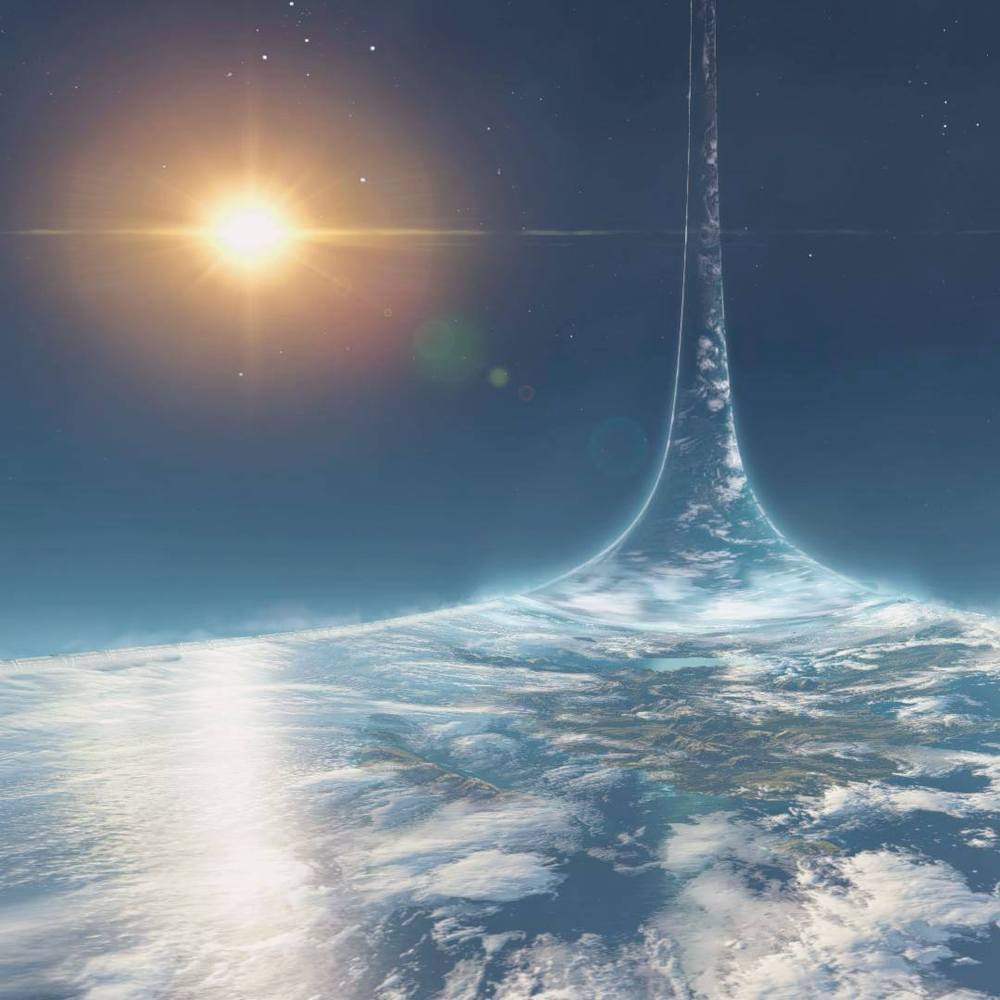
Someday, when humankind outgrows planet Earth, we might aim to build a habitat so vast we could never overpopulate it.
Apr 21, 2019
Colossal Achievement: Half-Ton Firefighting Robot Helps Save Notre Dame
Posted by Shailesh Prasad in category: robotics/AI
Notre Dame is battered, burned, but unbowed, thanks in part to the efforts of a new firefighting robot, Colossus.
Apr 21, 2019
Sonar ‘Accidentally’ Detects 16th-Century Dutch Shipwreck
Posted by Genevieve Klien in category: futurism
In what is being hailed as a lucky accident, a salvage team looking for containers that had fallen off a transport ship in Dutch waters discovered a 16th-century shipwreck on the North Sea floor.
Copper plates and wooden beams were found on the vessel, which dates back to 1540, making it the oldest find of a seafaring ship in Dutch waters ever, according to the Netherlands Cultural Heritage Agency.
Apr 21, 2019
Gravitational Forces at Heart of Milky Way Shaped Star Cluster Like Comet
Posted by Genevieve Klien in category: space
This week’s Hubble Picture of the Week is a view of the stunning and unusual Messier 62 cluster in the constellation of Ophiuchus.
A globular cluster is a group of thousands of stars which are bound together by gravity, and which move across the sky as one group. The strong gravity means that most such clusters are perfectly spherical, like the neat and orderly Messier 3 or Messier 28 clusters.
But in the case of Messier 62, we see something different. The cluster is warped, with a long tail of stars which stretch out to one side to form a shape like a comet and its tail. It is thought that this distortion is due to Messier 62’s close proximity to the center of the galaxy, where strong gravitational forces from outside the cluster create tidal forces which pull some of the cluster toward the center.
Continue reading “Gravitational Forces at Heart of Milky Way Shaped Star Cluster Like Comet” »
Apr 21, 2019
We need a reskilling revolution to succeed in the era of Globalisation 4.0
Posted by Genevieve Klien in categories: business, education, employment
With millions of jobs expected to be displaced by 2022, measures like education reform, lifelong learning & reskilling initiatives will ensure benefits reach both individuals and businesses.
Apr 21, 2019
Scientists advance Creation of ‘Artificial Lymph node’ to fight Cancer, other diseases
Posted by Mike Ruban in categories: biotech/medical, education, engineering, food, genetics
In a proof-of-principle study in mice, scientists at Johns Hopkins Medicine report the creation of a specialized gel that acts like a lymph node to successfully activate and multiply cancer-fighting immune system T-cells. The work puts scientists a step closer, they say, to injecting such artificial lymph nodes into people and sparking T-cells to fight disease.
In the past few years, a wave of discoveries has advanced new techniques to use T-cells – a type of white blood cell – in cancer treatment. To be successful, the cells must be primed, or taught, to spot and react to molecular flags that dot the surfaces of cancer cells. The job of educating T-cells this way typically happens in lymph nodes, small, bean-shaped glands found all over the body that house T-cells. But in patients with cancer and immune system disorders, that learning process is faulty, or doesn’t happen.
To address such defects, current T-cell booster therapy requires physicians to remove T-cells from the blood of a patient with cancer and inject the cells back into the patient after either genetically engineering or activating the cells in a laboratory so they recognize cancer-linked molecular flags.
Apr 21, 2019
Jupiter-size star generates titanic white-light ‘superflare’
Posted by Genevieve Klien in category: space
A small, borderline star about the size of Jupiter some 250 light years from Earth has been caught in the act of emitting an enormous superflare, releasing the equivalent of 80 billion tons of TNT while triggering a 10,000-fold increase in brightness.
The flare was 10 times more powerful than any known outburst from the Sun, including the Carrington event in 1859 that disrupted telegraph services around the world and caused strong, widespread auroral displays.
“The activity of low mass stars decreases as you go to lower and lower masses, and we expect the chromosphere (where flares originate) to get cooler or weaker,” said James Jackman, a doctoral student at the University of Warwick and lead author of a paper about the eruption.
Continue reading “Jupiter-size star generates titanic white-light ‘superflare’” »
